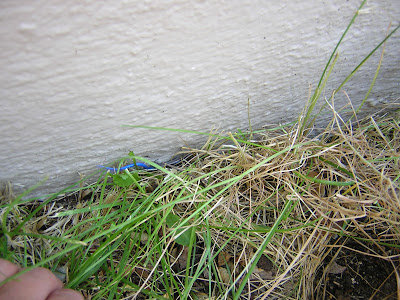 This great article highlights how baboons have a social hierarchy of which each baboon is distinctly aware. Male baboons who move up the social ladder often kill the previous alpha male's babies to send the female back into estrous so she can get pregnant. A female baboon with good social contacts is more likely to keep her baby with a previous alpha male than a female with better social standing. It's not who you are, but who you know.
This great article highlights how baboons have a social hierarchy of which each baboon is distinctly aware. Male baboons who move up the social ladder often kill the previous alpha male's babies to send the female back into estrous so she can get pregnant. A female baboon with good social contacts is more likely to keep her baby with a previous alpha male than a female with better social standing. It's not who you are, but who you know.In psychology, the theory of mind is the ability for us as humans to recognize that other people have their own minds and may know and believe different things than ourselves. Do animals have this ability? Apparently baboons do not. Some people have little of this ability. We should learn from the baboons and develop good social connections to protect ourselves from disasters, and also develop our theory of mind and recognize that other people are not us and have their own thoughts and desires.
It's definitely worth registering for the NY times to read the article on baboons.


























